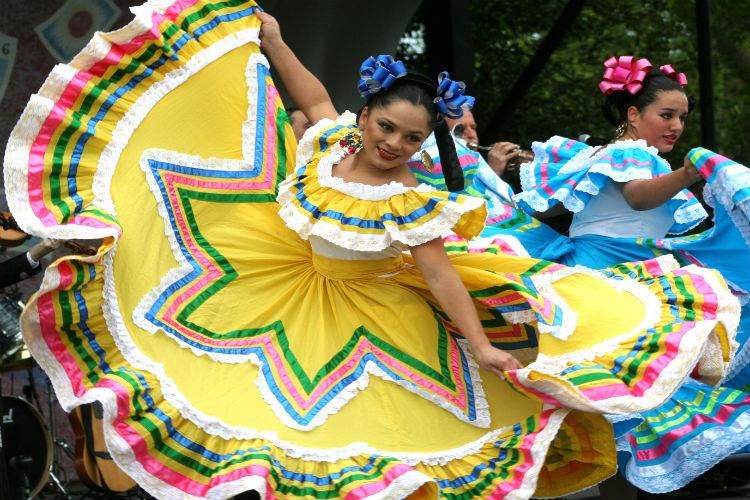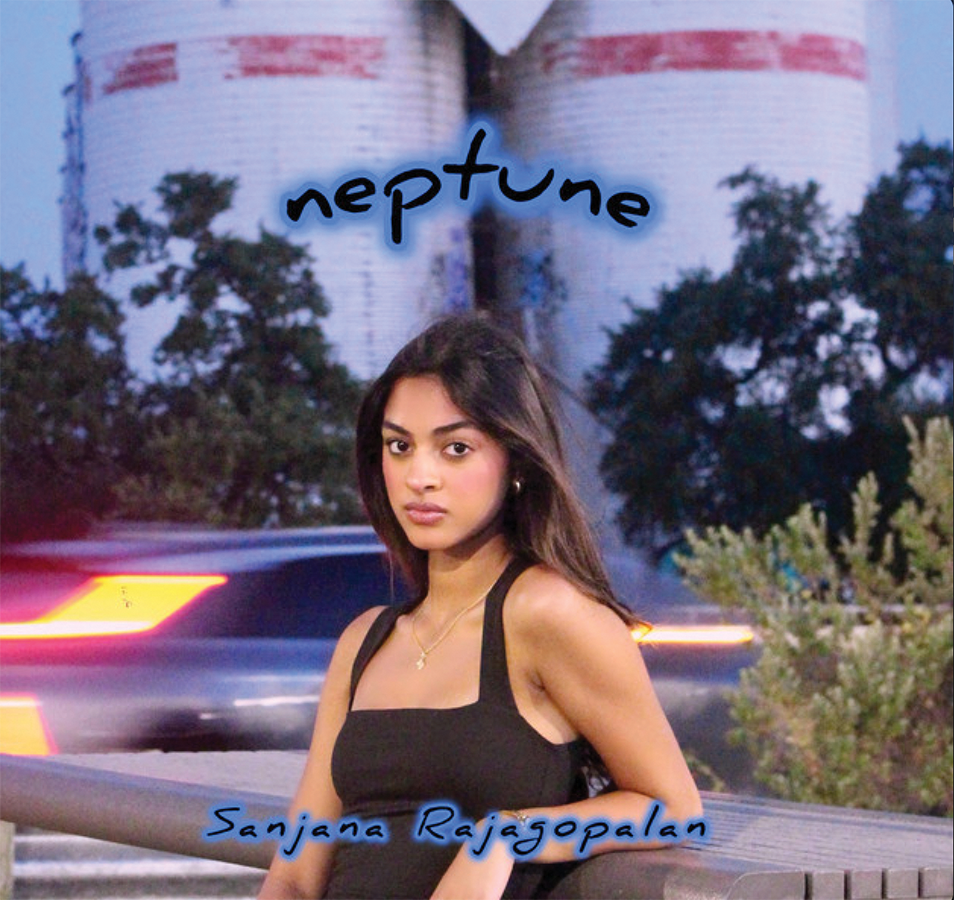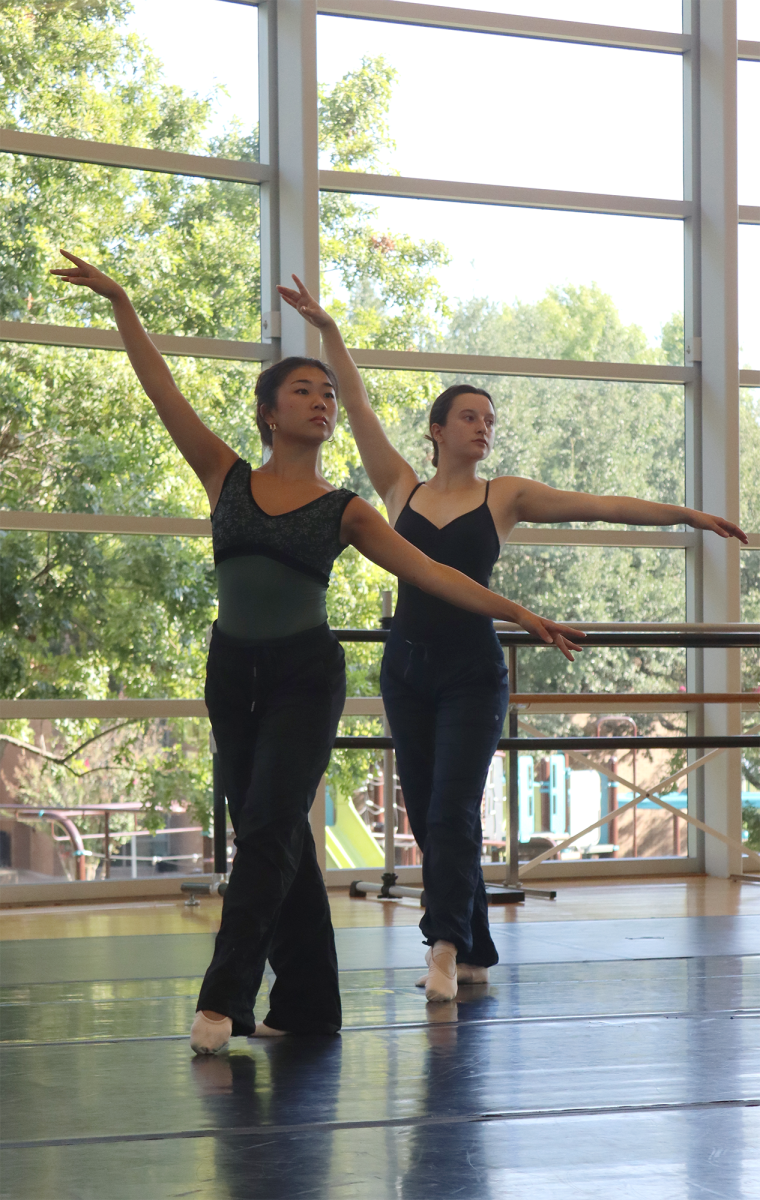Americans love Cinco de Mayo. Mexican restaurants and businesses happily accept the increase in sales; Americans use the day as an excuse to drink margaritas and eat tacos to their heart’s content. However, many Americans are unaware of Cinco de Mayo’s significance–or lack thereof–and have incorrectly assumed the holiday as Mexico’s Independence Day.
Cinco de Mayo goes virtually uncelebrated in Mexico- despite the fact that the day brings massive festivities located all throughout the United States. Considered a federal holiday in Mexico, the day usually goes unnoticed.
Emily Vargas, a freshman with Mexican roots, is familiar with the holiday.
“Americans celebrate Cinco de Mayo, but Hispanic and Latino people usually do not,” Vargas said.
Often associated with the celebration of Mexican-American culture, celebrations in states with a high hispanic and latino population, such as Texas and California, are not uncommon. The day acknowledges and appreciates the Mexican culture, and parties and parades are full of traditional foods, mariachi music and folk dancing.
It is no doubt considered a holiday in the United States. But what is the significance of the date?
May 5th, 1962 marks the day the Mexican Army defeated the French army and established a newfound sense of national unity and patriotism. Because it symbolizes the military victory at the Battle of Puebla, Cinco de Mayo is primarily commemorated in Puebla, the state in which the Mexican army conquered the French.
Even if the United States’ celebration of Cinco de Mayo began as a cultural and historical celebration, it soon became a commercial holiday, especially with the endorsement of popular Mexican alcohol companies and restaurants. Corona marketed the holiday with “Corona de Mayo” advertisements on television and billboards; local brands beloved by Dallas natives such as Mi Cocina and Taco Diner offer special deals.
Paloma Muñoz, a former Hockaday student and a resident student from Mexico, currently lives in Mexico City with her family.
“[Cinco de Mayo]’s mostly an excuse for Americans to drink margaritas and eat tacos,”Muñoz said. “For me, there isn’t anything to celebrate.”
These marketing strategies often confuse people into thinking that Cinco de Mayo is a major holiday in Mexico. Mexican Independence Day, annually celebrated on Sept. 16th, is the nation’s true birthday, and the most celebrated and esteemed day in Mexico’s history. Comparable with the United States’ Fourth of July and France’s Bastille Day, this holiday is much different from Cinco de Mayo.
Sophomore Inez Guevara confirms the importance of the Mexican Independence Day in Mexico.
“People think that Cinco de Mayo is the biggest Mexican holiday- it’s not. The biggest holiday is definitely Mexican Independence Day,” Ines Guevara said.
Mexican Independence Day represents Mexico’s freedom from Spain and the birth of the independent nation. It began with the arrest of Father Miguel HIdalgo after the Spanish discovered his plans to revolt. On September 15th, 1810, Hidalgo gave the iconic speech known as “El Grito de Dolores” in Dolores, Mexico. The famous battle cries, “¡Viva México!” and “¡Viva la independencia!”, served as popular battle cries and represented the Mexican’s desire for independence.
Mexican Independence Day is celebrated worldwide, and those with Mexican roots celebrate the day with family and friends. Schools, federal buildings and businesses close to allow for parades, food and parties that honor Mexico’s culture and history.
Even if those with Mexican roots cannot celebrate Mexico’s Independence Day in Mexico, the festivities travel around the globe, and people find ways to celebrate the historical holiday with family and friends.
“We usually meet up at my grandmas house and have a small party with my mom’s side of the family,” Vargas said.
So even though Mexican Independence Day has more cultural significance in Mexico than Cinco de Mayo, do not let this stop you from celebrating both of the holidays. Dallas is scattered with events celebrating both of the holidays, and the city is full of authentic Mexican tradition.
Story by Shea Duffy
Photo courtesy of Wikimedia Commons







